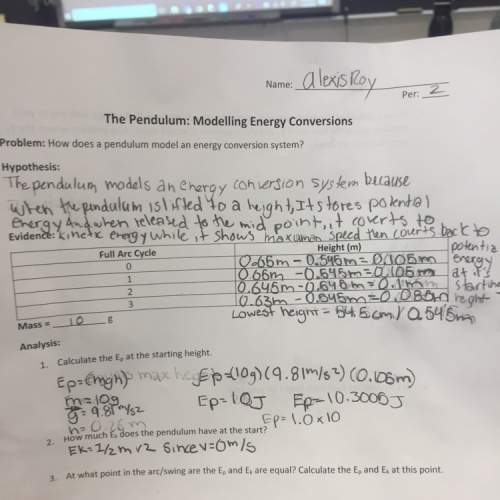
Notice that for the record player in part (b), even though the angular speed is constant at all points along a radial line, the tangential speed steadily increases with increasing r. The calculation for a CD in part (c) is easy only because the linear (tangential) speed is constant. It would be considerably more difficult for a record player, where the tangential speed depends on the distance from the center. QUESTION Compare the angular acceleration of a CD player and a record player when playing a song. What will happen as the radius of the read head or the phonograph changes. (Select all that apply.) The CD's linear speed at the track being read varies with radius of the track. The record player has zero angular acceleration. The CD's angular speed changes to maintain the same linear speed at all radii. The record player's angular speed changes to maintain the same linear speed at all radii. The CD has zero angular acceleration. The record player's angular speed accelerates to maintain the same linear speed at all radii.
PRACTICE IT
Use the worked example above to help you solve this problem. In a compact disc player, as the read head moves out from the center of the disc, the angular speed of the disc changes so that the linear speed at the position of the head remains at a constant value of about 1.3 m/s.
(a) Find the angular speed of the compact disc when the read head is at r1 = 1.7 cm and again at r2 = 4.6 cm.
ω1 = rad/s
ω2 = rad/s
(b) An old-fashioned record player rotates at a constant angular speed, so the linear speed of the record groove moving under the detector (the stylus) changes. Find the linear speed of a 45.0 rpm record at points r1 = 1.7 and r2 = 4.6 cm from the center.
v1 = m/s
v2 = m/s
(c) In both the CD and the phonograph record, the information is recorded in a continuous spiral track. Calculate the total length of the track for a CD designed to play for 1.0 h.
m
EXERCISEHINTS: GETTING STARTED | I'M STUCK!
Compute the linear speed of a record playing at 33 1/3 revolutions per minute at the following positions on the record:
(a) r = 1.7 cm
m/s
(b) r = 4.6 cm
m/s

Answers: 2


Other questions on the subject: Physics

Physics, 22.06.2019 05:00, emj617
In a stagnant pool of water, a crayfish may spend much of its time lying with one side of its carapace near the surface of the water. in this position, it will move the walking legs on that side in a rhythmic back-and-forth motion. explain the likely function of this behavior.
Answers: 1


Physics, 22.06.2019 13:00, hippocampus
Acertain radio station broadcasts radio waves that have a wavelength of 298cm what is its broadcast frequency?
Answers: 3

You know the right answer?
Notice that for the record player in part (b), even though the angular speed is constant at all poin...
Questions in other subjects:


Mathematics, 10.03.2021 01:00



History, 10.03.2021 01:00

History, 10.03.2021 01:00

Mathematics, 10.03.2021 01:00

English, 10.03.2021 01:00

Mathematics, 10.03.2021 01:00




